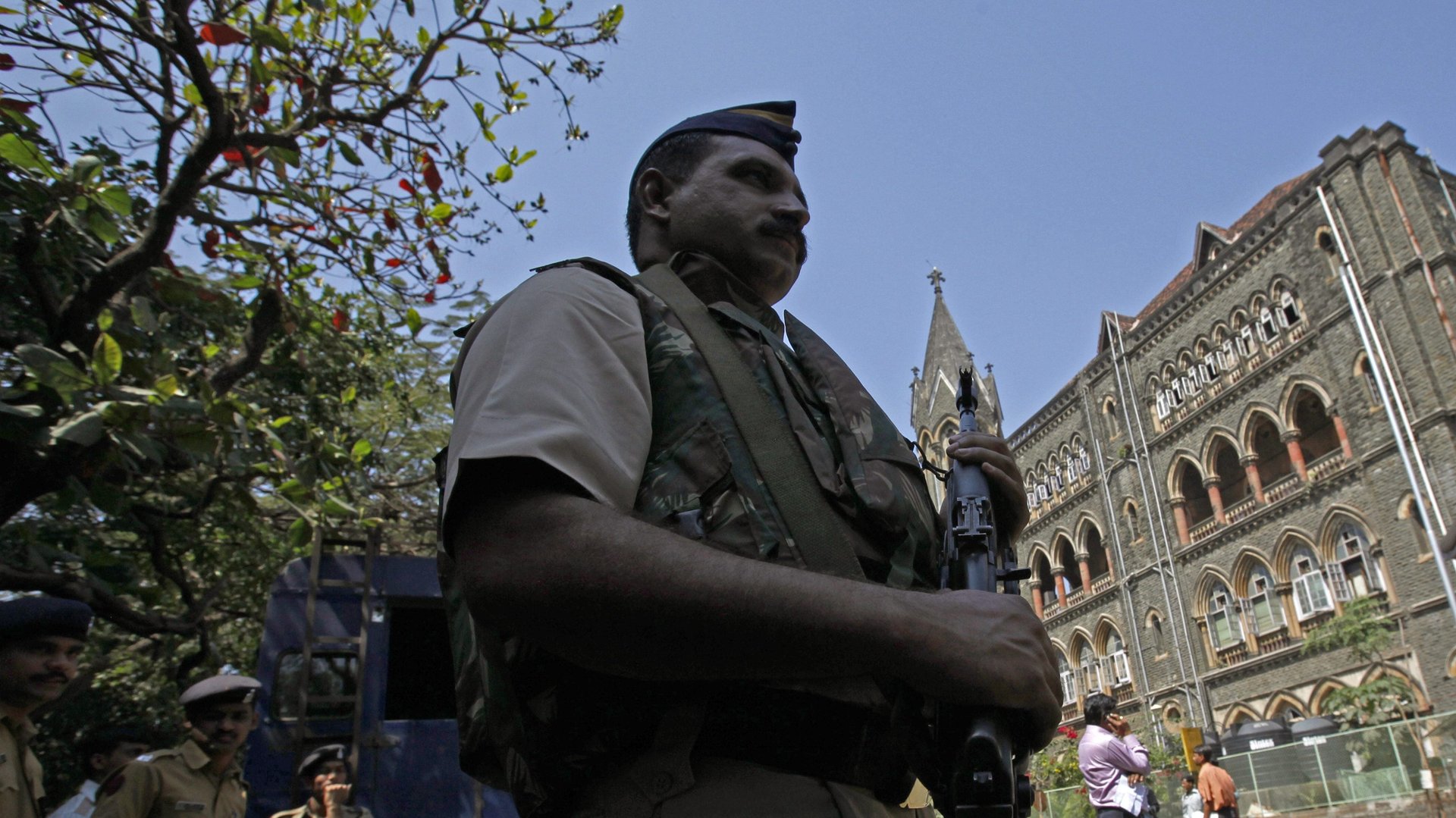Three charts that explain why India’s courts have an enormous backlog of cases
The Indian justice system seems to be living the maxim “justice delayed is justice denied.”


The Indian justice system seems to be living the maxim “justice delayed is justice denied.”
Nearly 40% of the cases in courts of Uttar Pradesh and Bihar states have been pending for over five years. In Andhra Pradesh and Telangana, there is only one high court judge for almost 3.5 million people, according to India Justice Report 2019, the first ever, state-wise ranking of the police, judiciary, prison, and legal aid systems.
The findings of this report point to grossly overburdened courts and police forces. In Uttar Pradesh, one of India’s largest states, for instance, over 60% of the police jobs at the officer level lie vacant, and 50% of the constable-level jobs have not been filled.
“At the heart of policing, lies the capacity of its human resource. Yet, India—the second most populous nation in the world—at 1,511 police persons for 100,000 population—has one of the lowest police-to-population ratios in the world,” write authors Akhilesh Patil and Radhika Jha of Common Cause, and Devika Prasad and Devyani Srivastava of the Commonwealth Human Rights Initiative.
The situation isn’t bright for high courts and lower courts either. Nearly 60% of judge positions are empty in the Andhra Pradesh high court. Sikkim’s high court, by comparison, only had a vacancy rate of 16.7%.
Judicial vacancies, in turn, have led to a huge load of pending lawsuits across courts in Indian states.